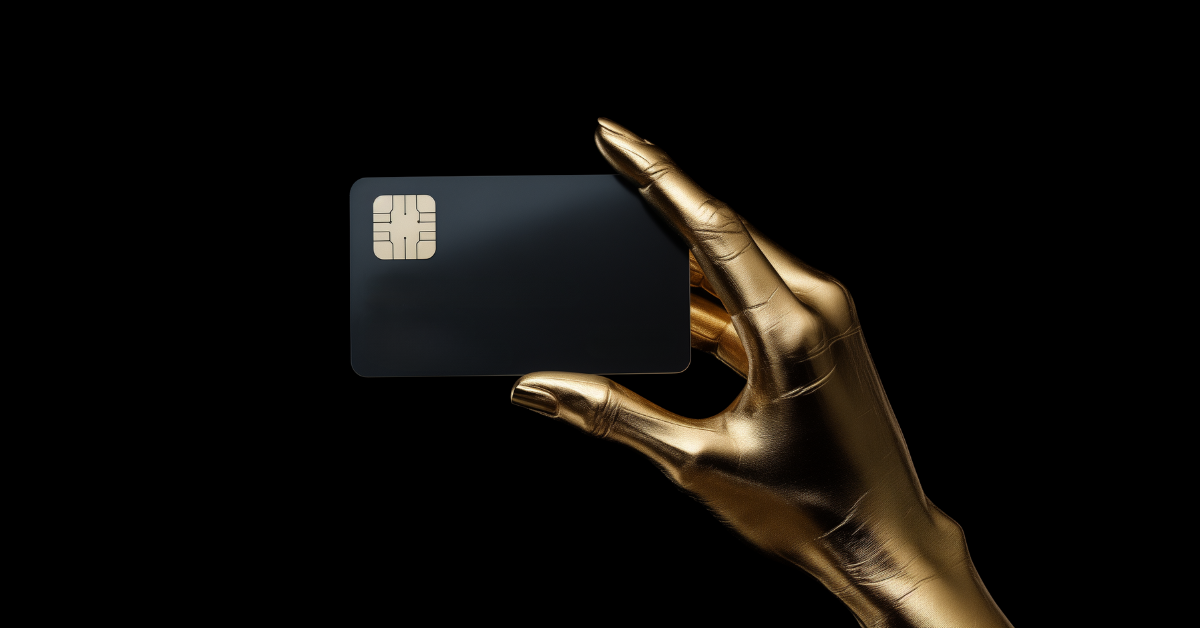Today, yellow pencils are just normal, generic pencils, but when they were popularized in the late 19th century, they were considered the height of luxury. |
| |
| |
|
 |
|
| T oday, yellow pencils are just normal, generic pencils, but when they were popularized in the late 19th century, they were considered the height of luxury. Before then, lacquered pencils were often a sign of low-quality wood that needed to be covered up, and they were usually finished in darker colors such as black or maroon. A decent pencil, meanwhile, would either be plain or varnished wood. But that all changed with the introduction of luxury pencils made with the finest, purest graphite, which came from a mine on the border of China and Siberia. |
|
|
| The German pencil manufacturer Faber (now Faber-Castell) was the first company to get its hands on graphite from the region, and it allowed for extremely fine-tuned pencil formulas, with 16 different degrees of hardness and softness. This was a big deal in the pencil world, and Faber boasted in its catalogs that "Siberian graphite" was "a household word amongst artists, engineers, designers and draftsmen generally." Around the same time, pencil-maker Franz von Hardtmuth decided to develop an expensive luxury pencil to compete with Faber's Siberian graphite. He created a pencil with 17 grades of hardness — one more than Faber's — and started dressing it up to bring to market. The new pencil got 14 coats of yellow lacquer and tips sprayed in gold paint, and was named the Koh-I-Noor 1500, after the famed large diamond. |
|
| Yellow was an auspicious color: It was known as the Chinese color of health and good fortune, so it winked at the sought-after Asian graphite, although it's unclear where Hardtmuth's graphite actually came from. Combined with the pencil's black tip, it also displayed the colors of the Austro-Hungarian flag. The Koh-I-Noor 1500 pencil hit the market in 1888, and, even with the higher price tag, it was a smash hit. Other pencil companies, particularly those eager to associate themselves with Asian graphite, also started painting their pencils yellow; by 1895, even Faber had a "Yellow Siberian" pencil. The American-made Dixon Ticonderoga No. 2 pencil — the yellow one ubiquitous in classrooms today — debuted in 1913. |
|
 |  |
|
|
 |
|
| |
|
| Hardness grades available in the classic Ticonderoga yellow pencil | | | 5 |
| | | Size (in carats) of the Koh-i-Noor diamond | | | 105.6 |
| | | Size (in carats) of the Koh-i-Noor diamond | | | 105.6 |
|
|
|
| Year Kaspar Faber founded his eponymous pencil company | | | 1761 |
| | | Trees cut down to make pencils every year | | | 82,000 |
| | | Trees cut down to make pencils every year | | | 82,000 |
|
|
|
 |
|
 | | Did you know? |
|
|
Pencil lead was never actually made of lead. |
|
| Pencils have always had graphite-based cores. The earliest graphite pencils were likely made in the 16th century, and while graphite was a relatively new phenomenon, people were very familiar with lead — a soft, dark mineral that leaves marks behind. The word "graphite" wasn't coined until the late 18th century, so the pencil material was often referred to as "lead," "black lead," or "plumbago" (which essentially means lead). In some areas of the British Isles, it was called "wadd," but the etymology of that one is lost to the ages. It's not that everyone literally thought the material was lead — but, unable to pinpoint exactly what graphite was, "lead" was a nice stand-in. While the term "plumbago" has since fallen out of vogue, "lead" stuck around. |
|



















0 comments:
Post a Comment